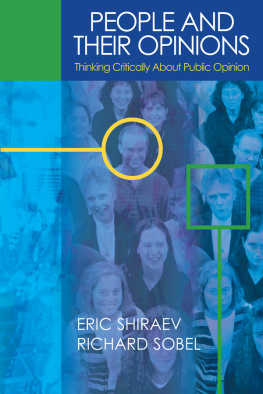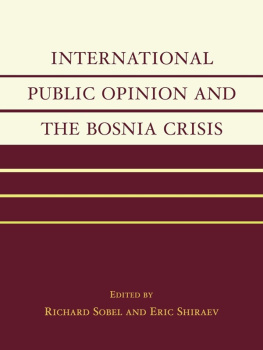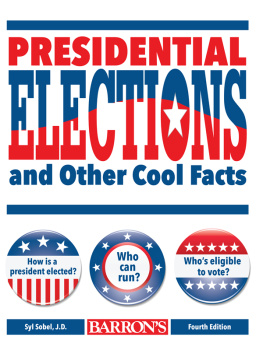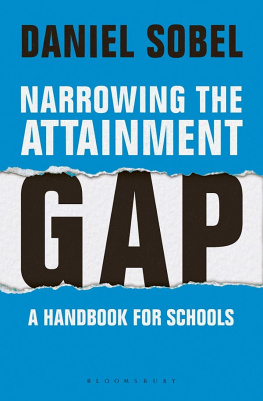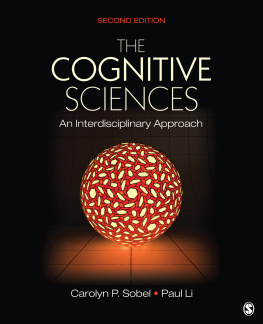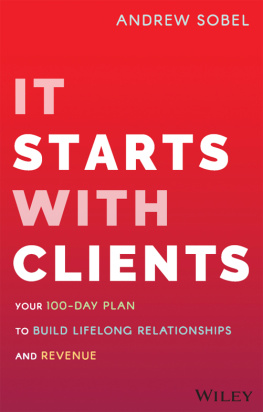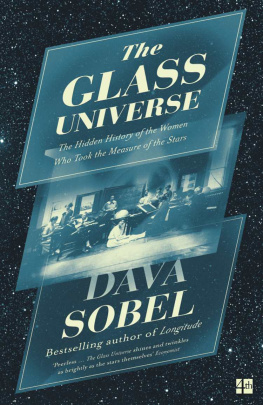To our mentors in public opinion,
Michael Kagay and Vladimir Shlapentokh.
First published 2006 by Pearson Education, Inc.
Published 2016 by Routledge
2 Park Square, Milton Park, Abingdon, Oxon OX14 4RN
711 Third Avenue, New York, NY 10017, USA
Routledge is an imprint of the Taylor & Francis Group, an informa business
Copyright 2006 Taylor & Francis. All rights reserved
All rights reserved. No part of this book may be reprinted or reproduced or utilised in any form or by any electronic, mechanical, or other means, now known or hereafter invented, including photocopying and recording, or in any information storage or retrieval system, without permission in writing from the publishers.
Notice:
Product or corporate names may be trademarks or registered trademarks, and are used only for identification and explanation without intent to infringe.
Credits and acknowledgments borrowed from other sources and reproduced, with permission, in this textbook appear on appropriate page within text.
ISBN: 9780321078988 (pbk)
Cover Designer: Nancy Danahy
Library of Congress Cataloging-in-Publication Data
People and their opinions: thinking critically about public opinion/Eric Shiraev, Richard Sobel.
p. cm.
Includes bibliographical references and index.
ISBN 0-321-07898-5
1. Public opinion. 2. Public opinionUnited States. 3. Political socialization.
I. Shiraev, Eric II. Sobel, Richard III. Title.
HM1236.S52 2005
303.38dc22
2004024781
CHAPTER 1
Introduction: The Nature of Public Opinion
CHAPTER 2
Measurement of Opinion
CHAPTER 3
Thinking Critically About Peoples Opinions
CHAPTER 4
Attitudes and Opinions
CHAPTER 5
Political Socialization
CHAPTER 6
The Media and Opinions
CHAPTER 7
Gender and Opinions
CHAPTER 8
Social Class and Opinions
CHAPTER 9
Race, Ethnicity, Religion, and Opinions
CHAPTER 10
Opinions and Voting
CHAPTER 11
Opinions About Domestic Issues
CHAPTER 12
Opinions About Foreign Policy
T hough colleges and universities across the country offer courses in public opinion, few current books on this compelling topic capture the imaginations of undergraduate students or their instructors. To engage students and teachers alike as active participants in exploring the world of opinion, People and Their Opinions incorporates three distinctive features for learning about public opinion in politics. First, it introduces a critical thinking approach that helps develop the skills and knowledge needed to understand and interpret public opinion, particularly as represented in polls. It offers a wide range of assignments, teaching tools, and analytical features to encourage the pursuit of this goal.
Second, the book captures American public opinion in a comparative perspective. This takes into consideration major social and political developments in over forty countries of a continuously changing world. Third, the text introduces a wide range of practical illustrations from actual studies of how people think and feel about current political and social issues.
People and Their Opinions should be especially beneficial for introductory or middle-level undergraduate courses in public opinion, political science, political communications, and international relations. We have tried to make it understandable by tailoring its style and arguments to college and university students. This book covers important topics, from public opinion formation to the impact of public opinion on policy, and chooses the educational approaches to foster learning about these issues.
The text should also be beneficial to upper-level undergraduate and graduate courses in political science, political communication, sociology, and journalism, and foreign policy service. It will hopefully appeal to educators, professionals, and practitioners from universities, research centers, and service academies. Reflecting the research and teaching interests and experiences of the authors, the approach of this book is cross-national, engaging, and provocative. Because of its comparative focus, international colleges and universities, especially in Canada, Britain, and other English-speaking countries, will find this book relevant and, we hope, engaging.
CRITICAL THINKING
People and Their Opinions describes and uses the major principles of critical thinking in understanding, interpreting, and explaining public attitudes on a wide variety of social and political problems. Applying these tools to public opinion research in the United States and other countries, the text provides an overview of approaches to opinion analysis and alerts readers to common cognitive errors in survey interpretation. The book shows how critical thinking can help comprehend opinion research findings, discover common trends, identify differences in opinion research statistics, and explain the accumulated evidence.
The text incorporates a variety of pedagogical devices designed for class preparations and classroom use. For instance, each chapter opens with a vignette and a Looking Forward explanation of the concepts and ideas to come. Each chapter also concludes with a summary of the issues, a Looking Ahead to the topics to be presented in the next chapters, and a glossary of key terms and definitions. Interspersed throughout are discussion questions, tables, and visual aids. The text provides a wealth of original assignments and interactive exercises for class use. Each chapter also contains boxed Cases in Point and practical examples designed to expand students thinking on the particular topics of interest. Using engaging examples from opinion research, the authors explain how to interpret and display research data. An original website, which will be updated regularly, also accompanies the text. The website contains more cases, exercises, and links to relevant sites about public opinion and politics.
COMPARATIVE PERSPECTIVE
People and Their Opinions provides a comprehensive analysis of American public opinion in a comparative perspective. This approach is important for several reasons. First, public opinion trends, including the views of the general public and national leaders, are becoming increasingly significant in policymaking and national security analysis. Second, by comparing trends in American and international public opinion, students become better able to understand the ideological, political, and psychological foundations of opinion formation and expression. Third, the rapid increases in international interactions, cooperation and conflicts, as well as the extension of multilateral military and peacekeeping missions, require a better understanding of national public opinions and their effects on policies across the globe.
AN OVERVIEW OF THE CHAPTERS
The text contains an introduction, 12 chapters, and an


